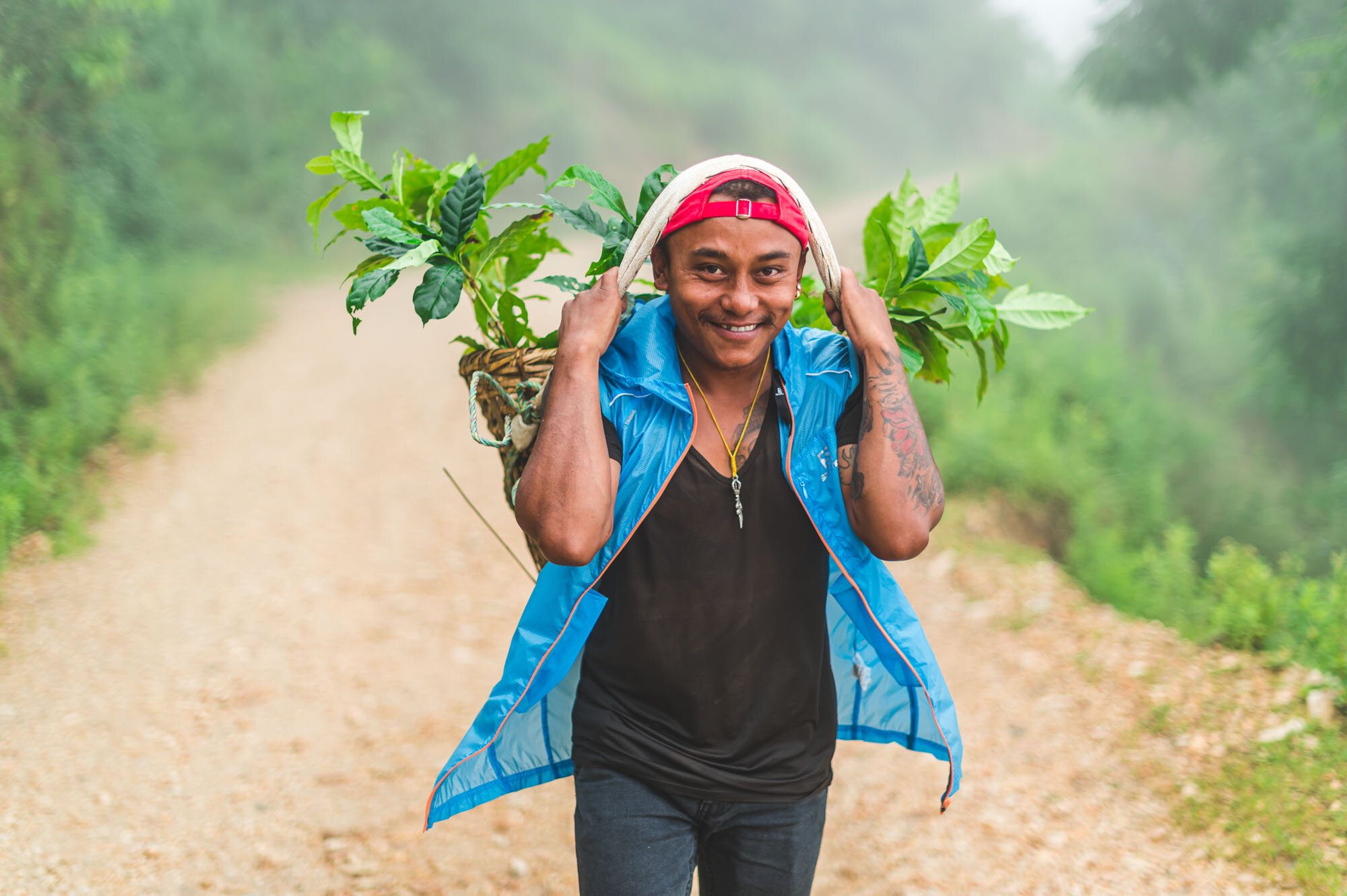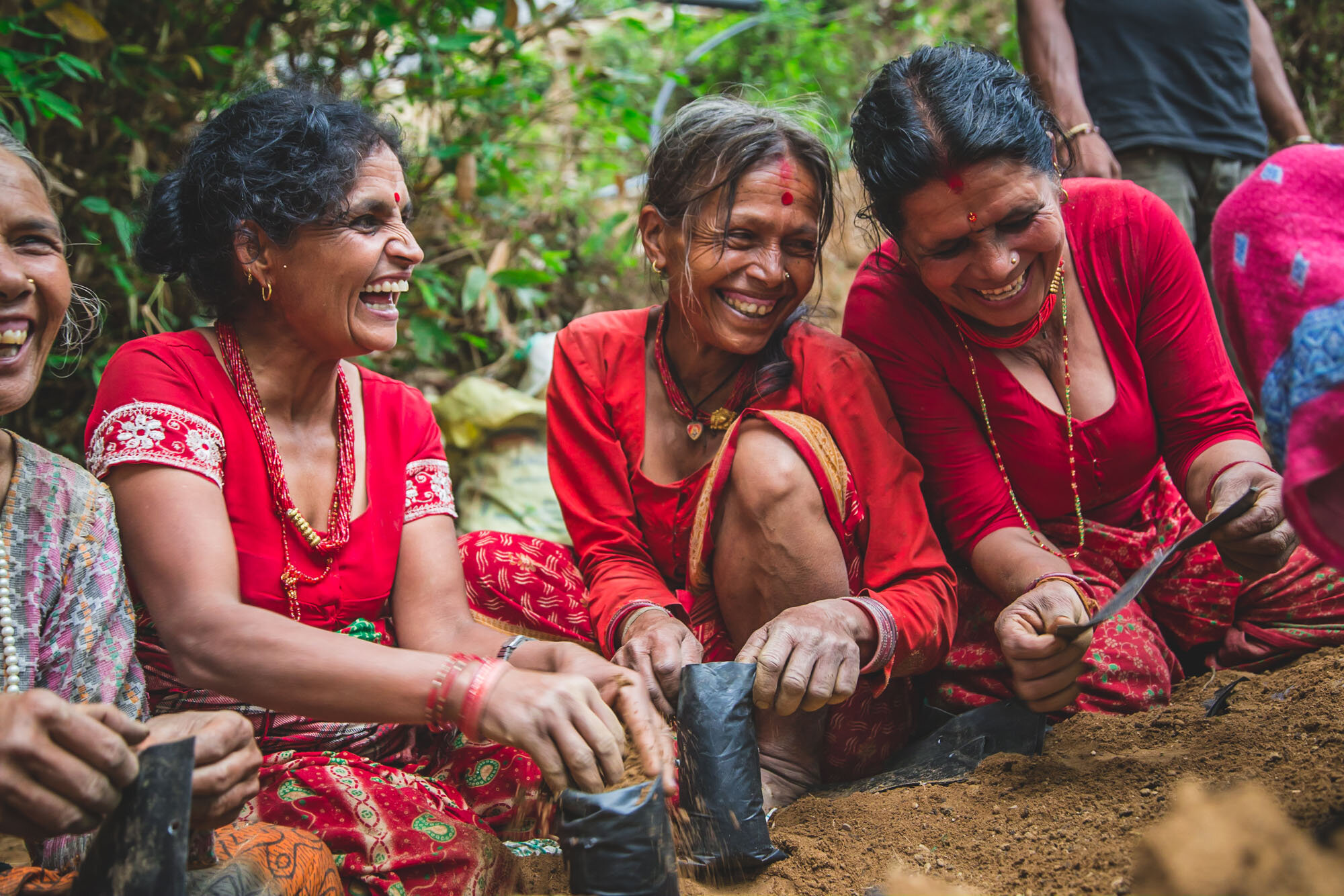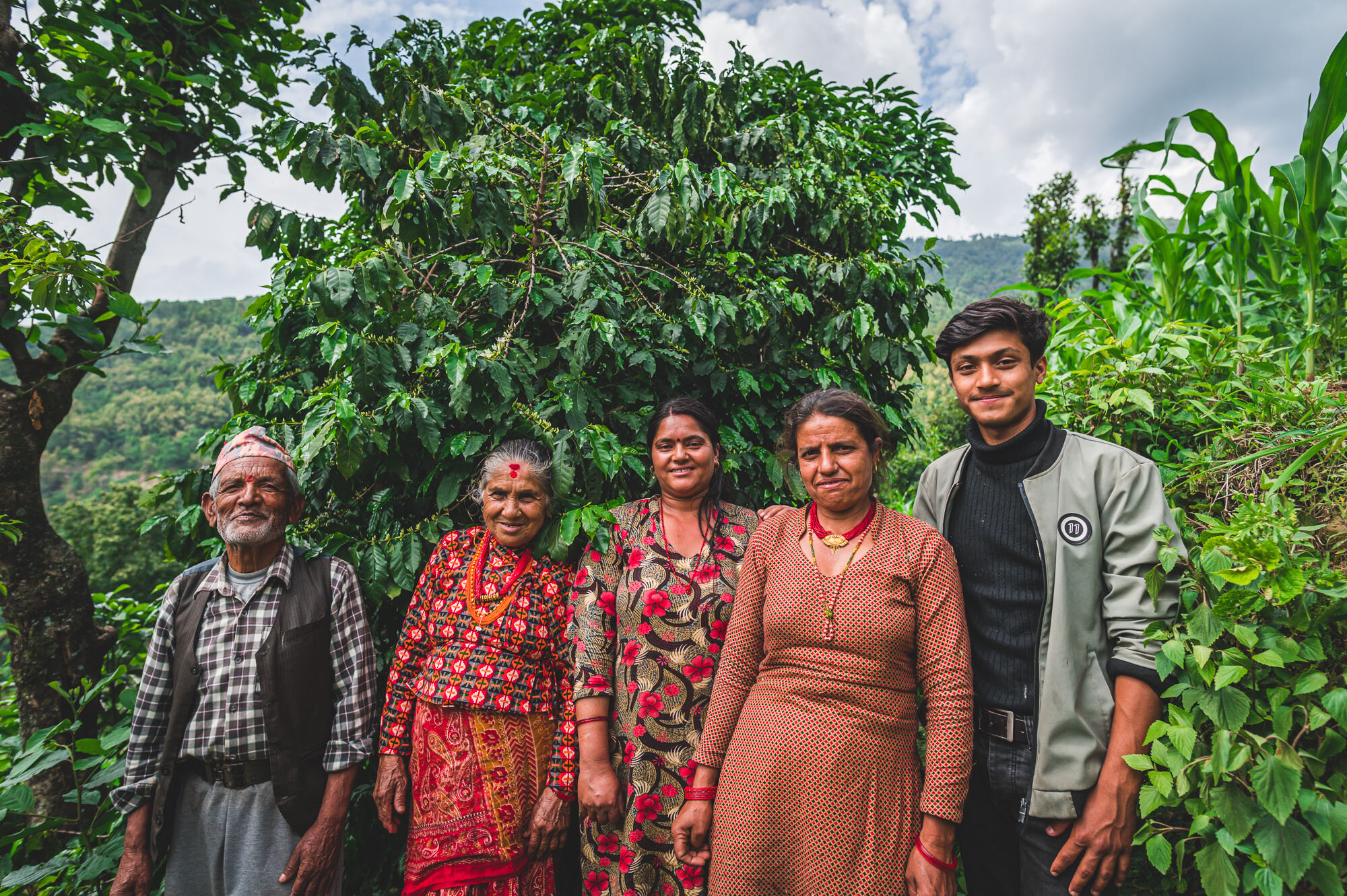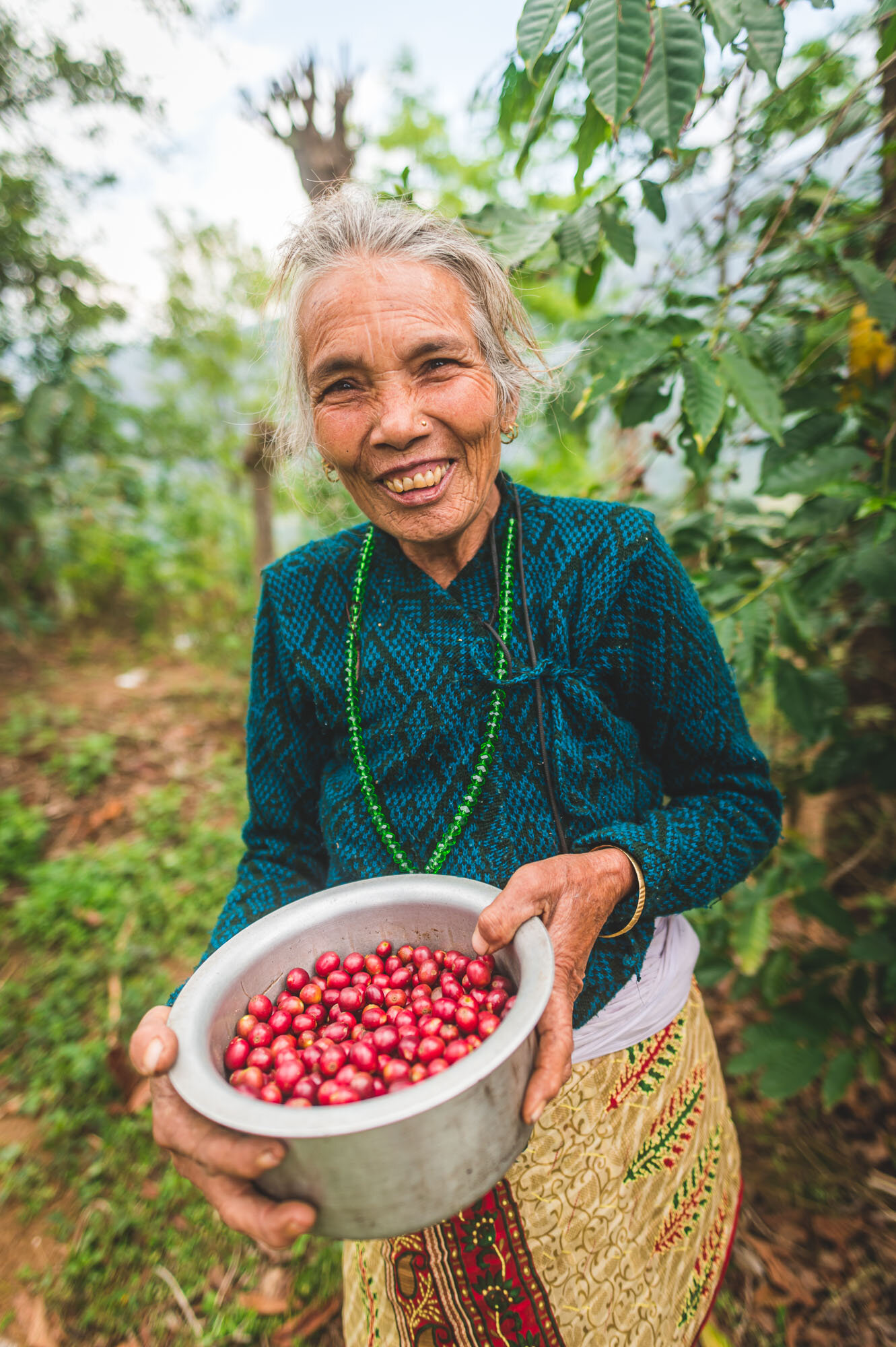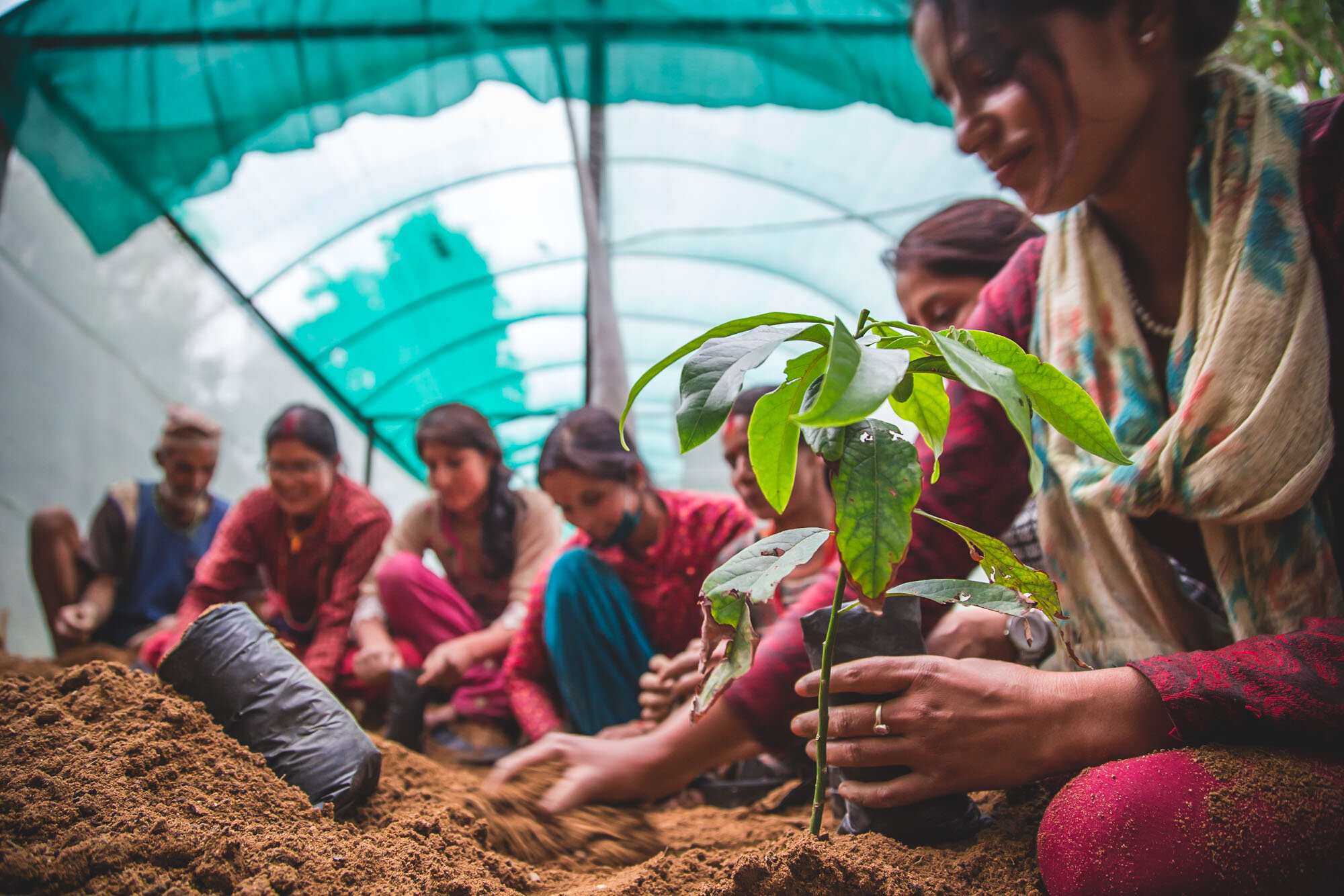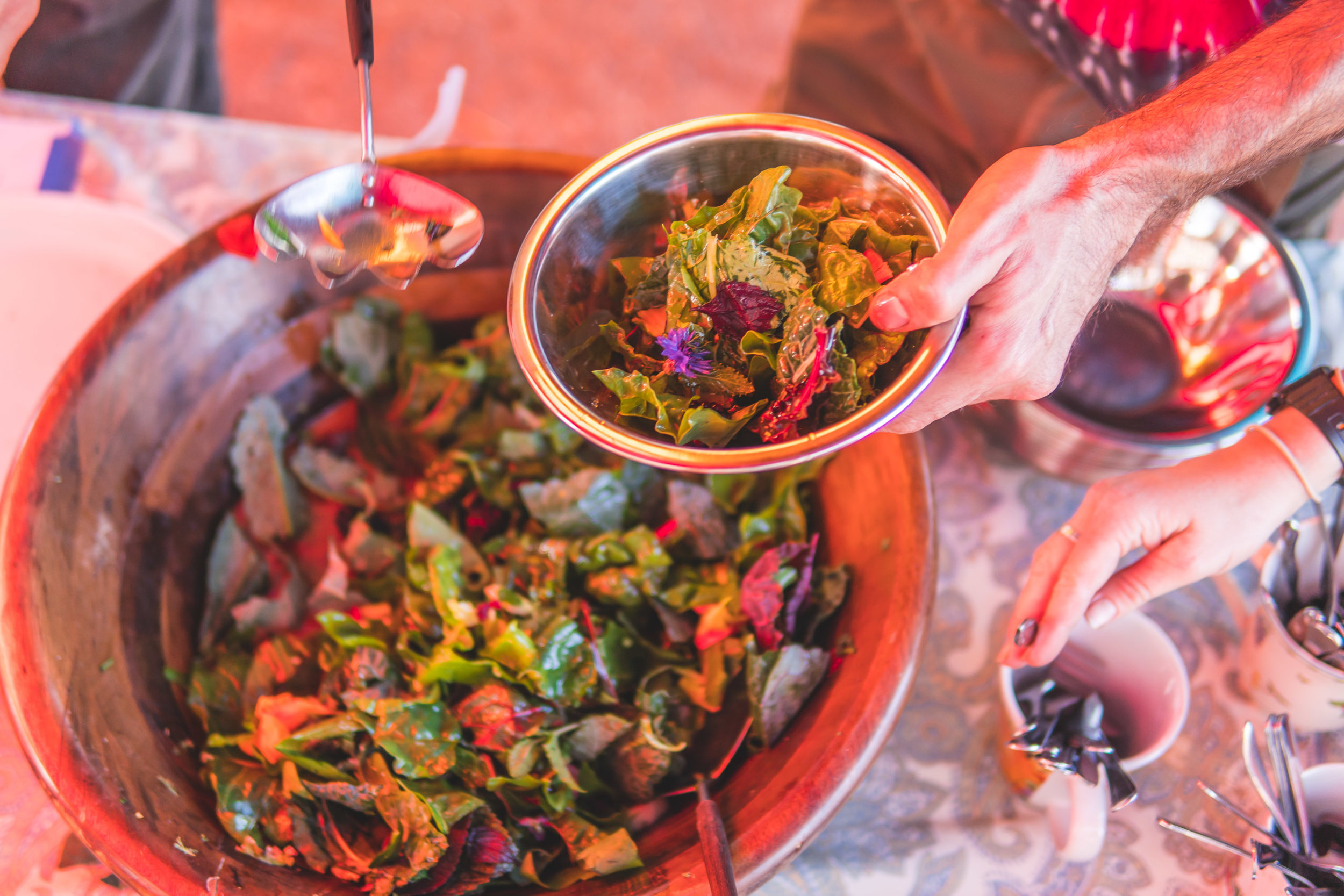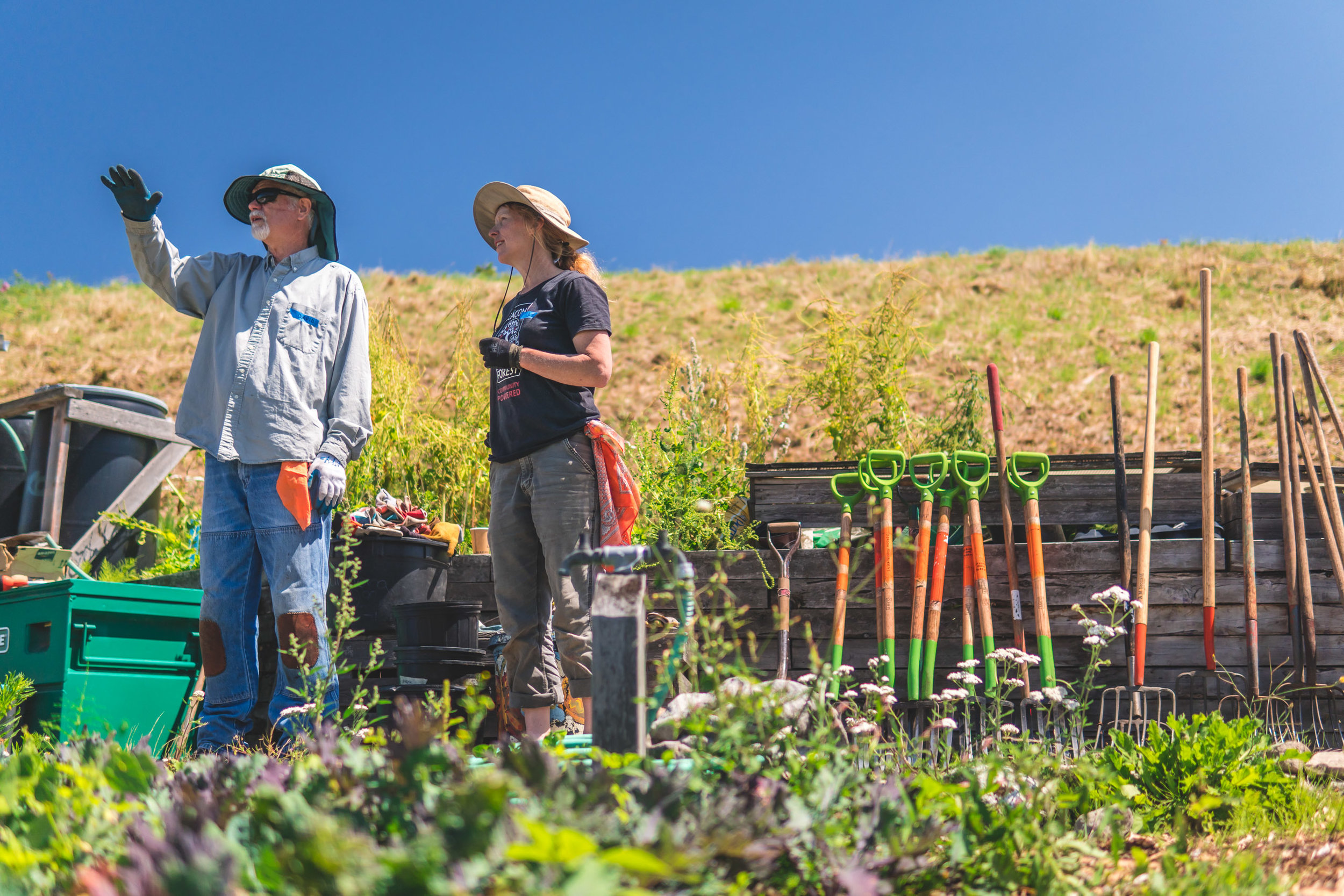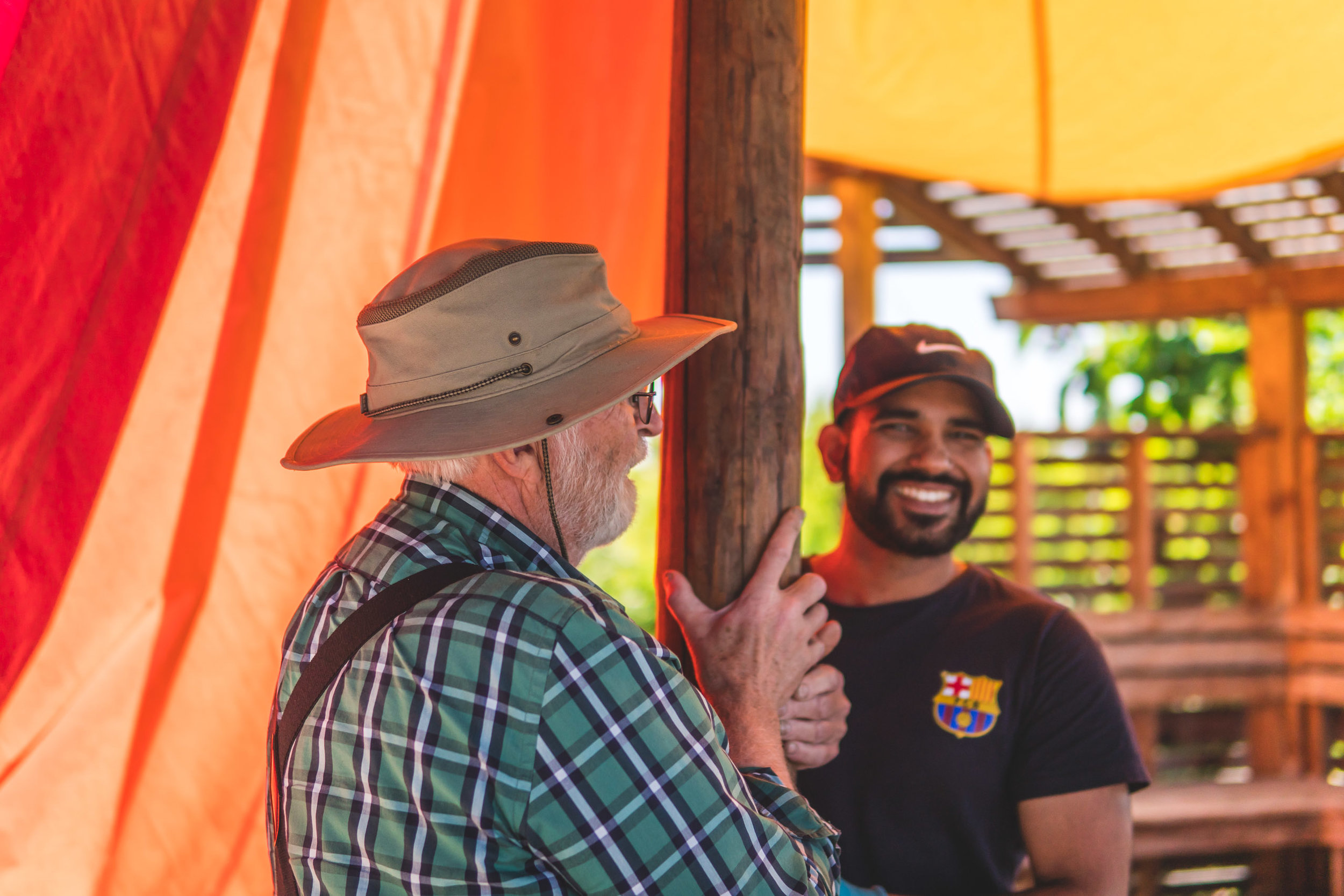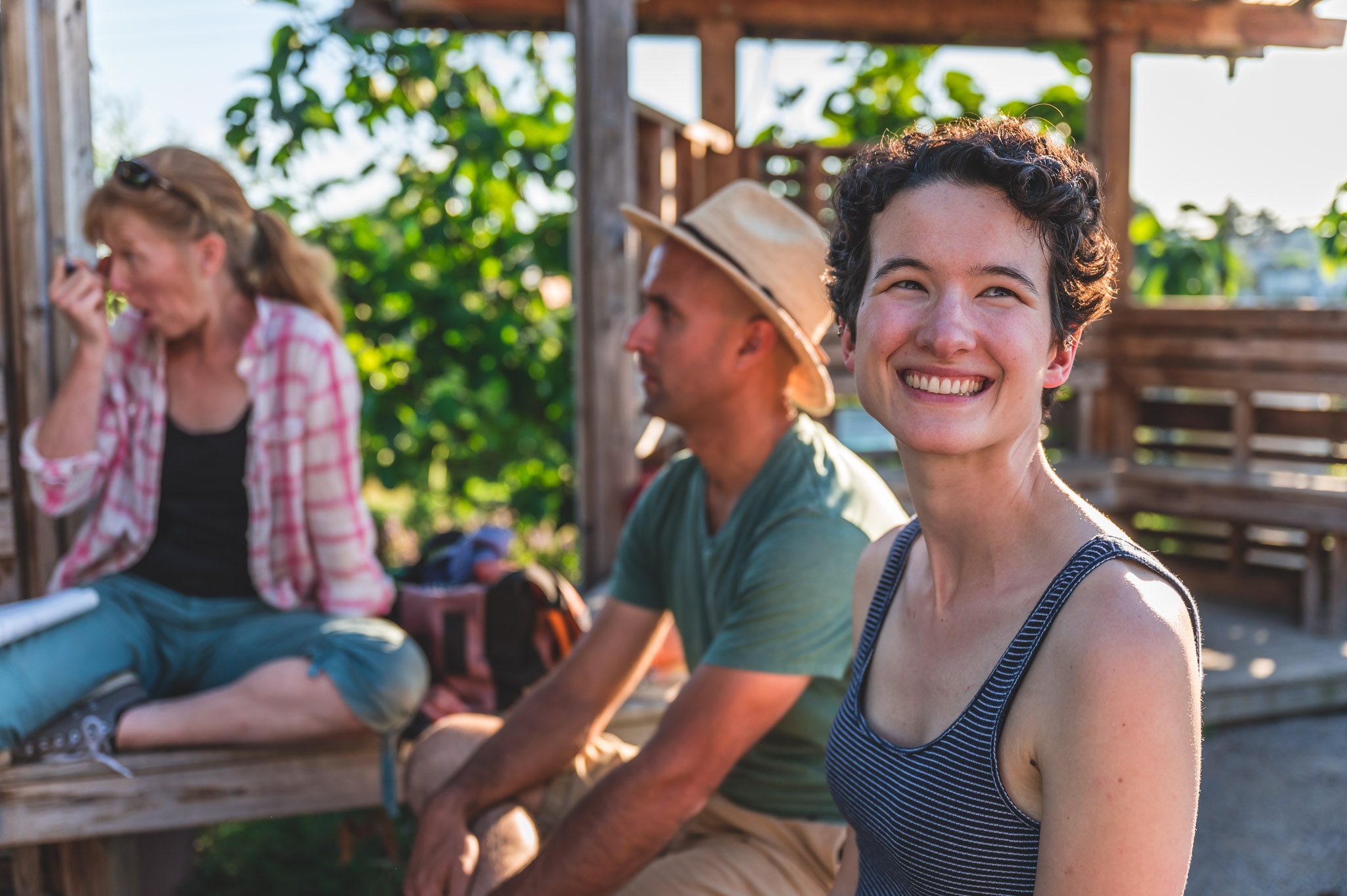Dear friends and supporters,
The recent and current happenings in many regions of our earth may feel dire, chaotic, polarized, unsettling, and overwhelming - and I am not here to prove you otherwise. Instead, I simply wish to remind all of us (that includes myself!) that GOOD things are happening all around us - each day, each hour, each moment. Unfortunately and for reasons beyond the scope of this short post, that is not where our attention and our media have been focusing on. Besides a few of the Conscious Impact Nepali staff, myself, and the 16 other foreigners who have spent time at our camp and surrounding communities, this story of coffee and its latest unfoldings can be told by no one but ourselves. It's an empowering feeling, and I've been awaiting an opportune moment to bring it out into the light for your eyes and ears.
The Conscious Impact story could arguably have begun in 2015 following the earthquakes in Nepal, or further back in its birth as a name and concept for community development and collaboration by co-founder Orion Haas. For the sake of simplicity and getting right into this coffee story though, I'll skip ahead to 2017.
It was spring. I remember coming out of a chilly winter living in our tents at camp - my first winter with the team - and feeling the warmth penetrate my skin to defrost my bones. The days were getting longer, and birds returned from the lower elevations to sing their songs while spouts in our greenhouses and on the ground poked their heads out to receive the photons. To be completely fair, we actually didn't get much frost, if at all. Afterall, we are only situated at a hair over 1,400 meters (4,600 feet) elevation, and at this attitude in the Himalayas, the frost-fearing plants are mostly safe. But remember, we lived (and still do today) in tents. Zero insulation. No air conditioning nor heaters.
I recently re-watched the video that the Conscious Impact team and I published for our #MoreThanATree campaign that kickstarted our first massive coffee & native shade tree planting to be reminded more clearly the what/who/why/how of that season. If you haven't seen that before, I can encourage you to check it out to learn about the what/who/how/why of this undertaking.
If that's 4 minutes too much for you, this is the quick 'n dirty: coffee tree planting allows for other shady (and/or native) trees to be grown simultaneously (minimizing erosion, ecologically restorative, sequestering carbon), and integrates well with the existing land use and crop growing that region farmers are accustomed to. Additionally, in a few years time, the coffee bean harvest have the potential to become a substantial source of income with minimal upkeep and work for families, earning them several hundred to a thousand+ US dollars extra per year depending on the number of productive trees for years and even decades to come.
Our agriculture and executive team formulated this vision and plan through dozens of conversations during home visits and several larger community meetings, asking the question, "What can we do to help?", while evaluating our available human and natural resources, and solutions that benefit not only people but wildlife and the built environment also.
Meeting Shyam Katuwal was a pivotal moment. He is a long-time friend of one of our core Nepali staff and closest friend, Narayan Bhattari. Shyam is an organic farmer who has dedicated 30+ years of his life growing food and medicine with no chemical fertilizers or pesticides on his land. He has had a coffee tree nursery since 1986 and been a strong advocate and resource for many. We partnered with Shyam to hold a series of community meetings to inform and gauge interest, followed then by a series of hands-on workshops for local community members to learn and replicate the decades of knowledge that he has to offer. Check out this interview the team and I did with him in 2017.
Through the success of our fundraising campaign coupled with the enthusiasm by our volunteers as well as community members, we got the initial batch of 10,000 trees into the ground throughout the spring and summer of 2017. Greg Robinson, our agriculture program co-lead, even remained in the village throughout the monsoon to ensure that all the trees were properly cared for and transplanted as the rest of us foreigners left the country due to immense amount of precipitation, heat, and difficulty of living in tents.
Below are several photos from between Feb-Jun of 2017:

![CI_Ag_Program_Season2_[web]-170.jpg](https://images.squarespace-cdn.com/content/v1/596925be914e6b4a9479f272/1600205609426-AL8PAP210D1WRUUS5F0X/CI_Ag_Program_Season2_%5Bweb%5D-170.jpg)
![CI_Ag_Program_Season2_[web]-129.jpg](https://images.squarespace-cdn.com/content/v1/596925be914e6b4a9479f272/1600205536229-8IEB1T3W6TXJ1ZADRTFM/CI_Ag_Program_Season2_%5Bweb%5D-129.jpg)
![CI_Ag_Program_Season2_[web]-193.jpg](https://images.squarespace-cdn.com/content/v1/596925be914e6b4a9479f272/1600205567722-W3O4JYNE2HR4ZXN7HHB8/CI_Ag_Program_Season2_%5Bweb%5D-193.jpg)
![CI_Ag_Program_Season2_[web]-194.jpg](https://images.squarespace-cdn.com/content/v1/596925be914e6b4a9479f272/1600205586807-SO7LIBF1KB4WKVIE69CR/CI_Ag_Program_Season2_%5Bweb%5D-194.jpg)
![CI_Ag_Program_Season2_[web]-35.jpg](https://images.squarespace-cdn.com/content/v1/596925be914e6b4a9479f272/1600205618943-7DPSGIEJJSNTWB92S496/CI_Ag_Program_Season2_%5Bweb%5D-35.jpg)
![Coffee-coop-training-[Rebeca]-24.jpg](https://images.squarespace-cdn.com/content/v1/596925be914e6b4a9479f272/1600205471743-FRTGXMAND1EM9SJE6ZTJ/Coffee-coop-training-%5BRebeca%5D-24.jpg)









